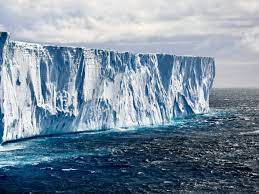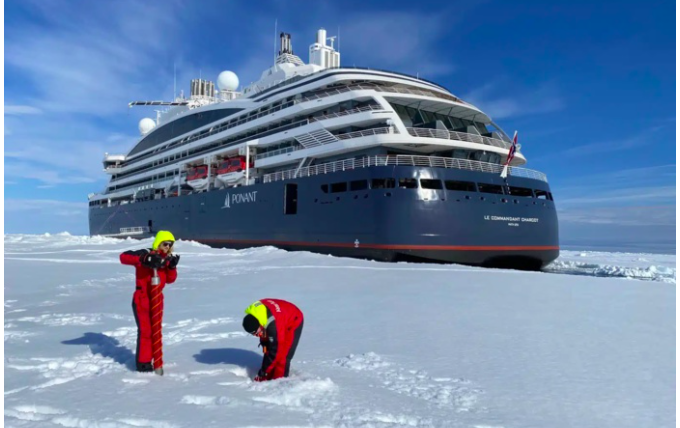The Antarctic spider crab is a very mysterious creature, representative of what is called “polar gigantism”, which gives large size to animals living in deep, cold waters. But researchers have managed to find out more about them.
You know about sea spiders, these crustaceans related to crabs that are found at the bottom of the ocean, and which are sometimes eaten on a seafood platter. But you probably don’t know about the sea spider. giant sea of Antarctica, which can reach several tens of centimeters in width. A study from the University of Hawaii, published in the Ecological Society of America, took a closer look at these mysterious creatures found in the depths of the Southern Ocean, and especially at their way of to reproduce.
A fake spider, but a real giant
Giant sea spiders, or pycnogonids, are not really spiders, but spider-like invertebrates with eight long, thin legs. The largest of these, Colossendeis megalonyx, was observed for the first time in 1881. Despite this discovery made 140 years ago, little is known about these marine arthropods. But we know in particular that the specimens discovered near the Antarctic continent have legs that can be up to half a meter long. This is the perfect example of what we call “polar gigantism”, a rather intriguing phenomenon, which pushes species in these cold regions to become more massive.
Eggs that “disappear”
In other sea spiders living in warmer waters, it is the male parent who cares for the babies by carrying them during their development. In these freezing water specimens, which scientists fished and transported to the laboratory, it turns out that one of the parents, « probably the male » attached the pouch containing the eggs to the rocky bottom of the aquarium, leaving it become covered in algae over time, until it is almost completely invisible, explains a press release. They developed there for several months before hatching as larvae. “We were so lucky to be able to see this. The opportunity to work directly with these amazing Antarctic animals allowed us to learn things that no one had ever imagined,” says Ming Wei Aaron Toh, co-author of the study and doctoral student at the University of ‘Hawaii to Mãnoa.
Giant species of the abyss
The SVT laboratory, led by Professor Amy Moran, has been studying polar gigantism for over a decade. Despite a metabolism that one would think is slowed down by water at negative temperature, the species of the abyss are often larger than their comrades from the warmer surface waters. This contradiction has never yet been really explained by science, which simply notes that underneath, life takes its time to the point of forming all kinds of monsters.
One explanation would be that polar waters are richer in oxygen, another would be that the cold and scarcity of food force polar and abyssal species to have a more efficient body surface/volume ratio, in order to optimize body heat production. This is called Bergmann’s rule, and could explain the existence of the giant squid, which can reach up to around 13 meters.
This astonishing discovery about the reproduction of spiders in the Southern Ocean may seem anecdotal, but we must remember that science still does not know a lot about the creatures that inhabit this region of the world, which is practically unexplored.




